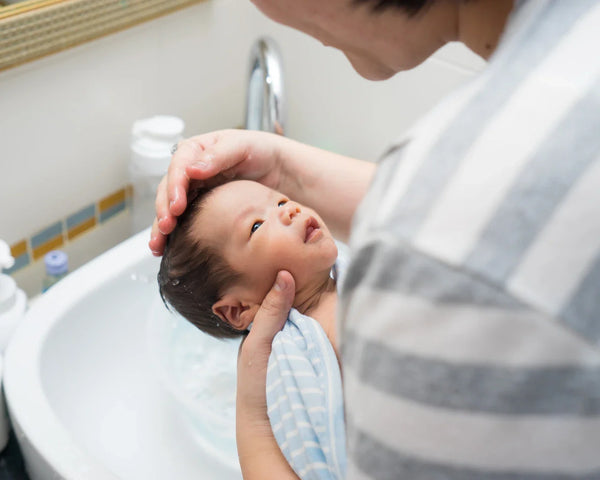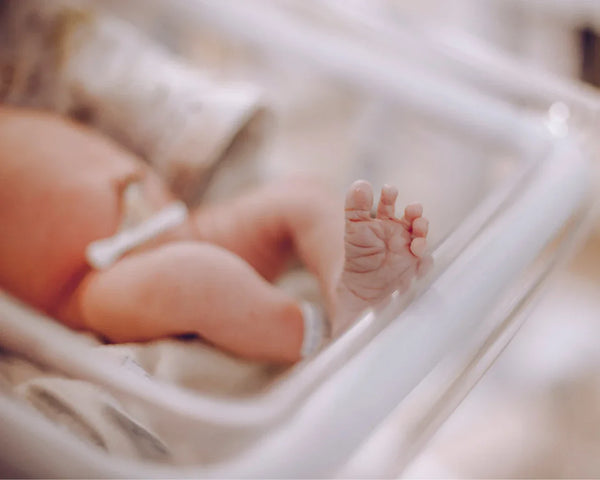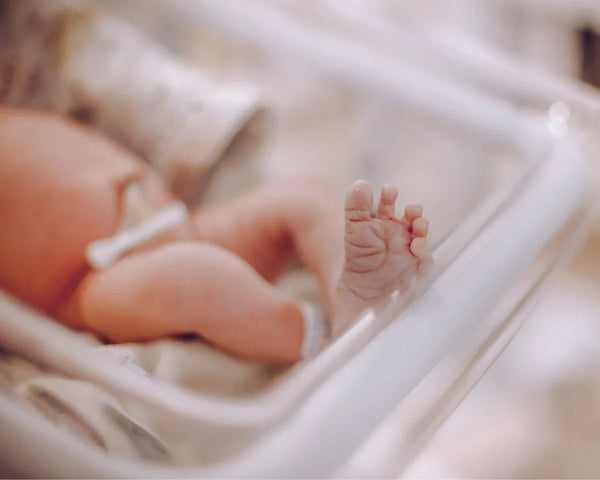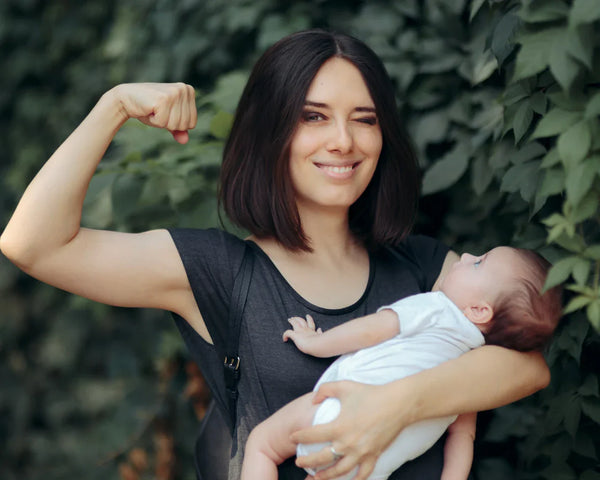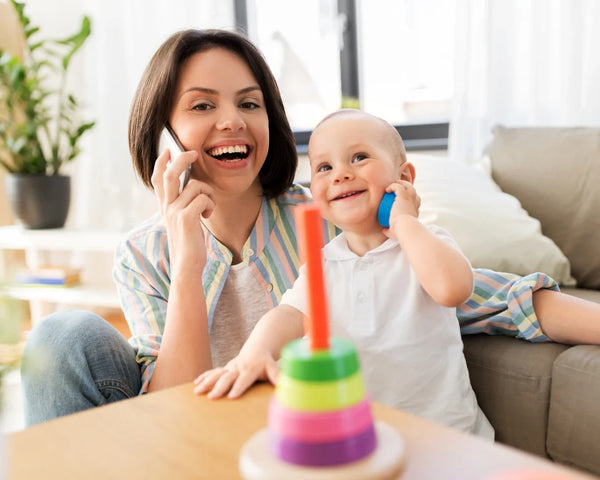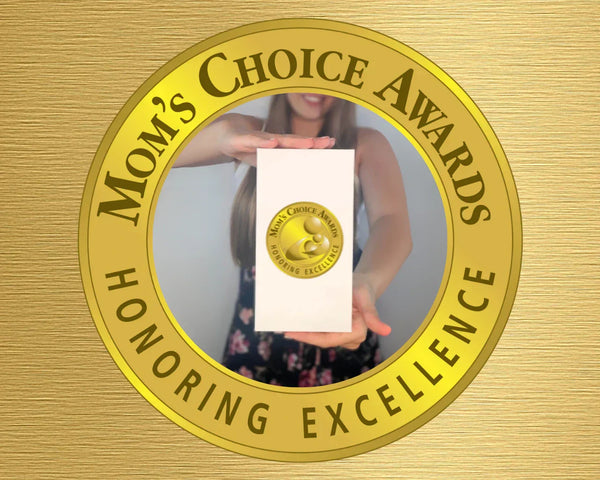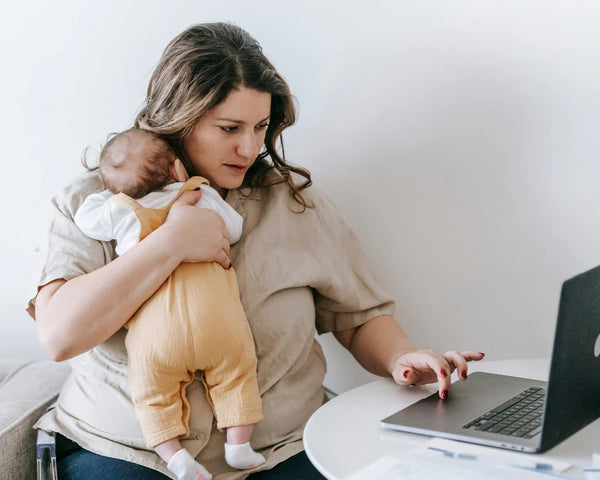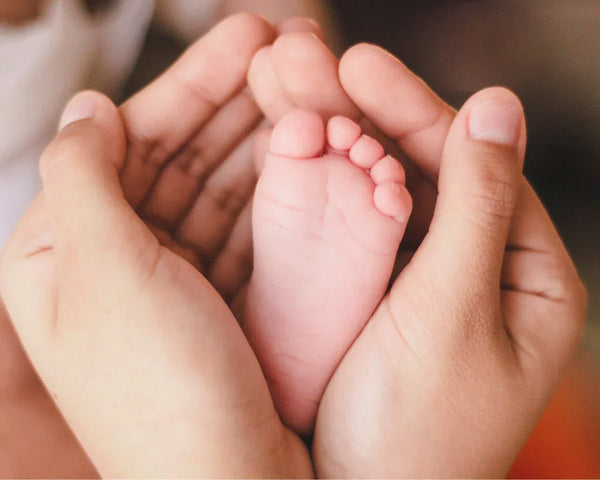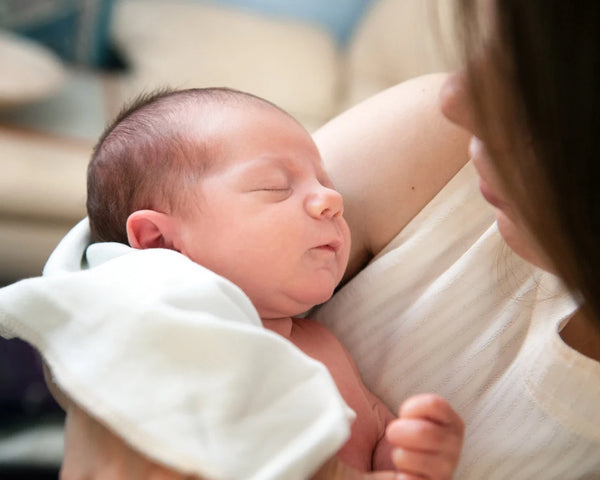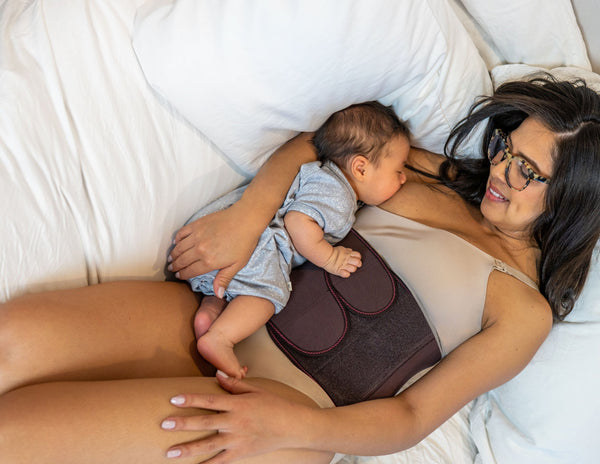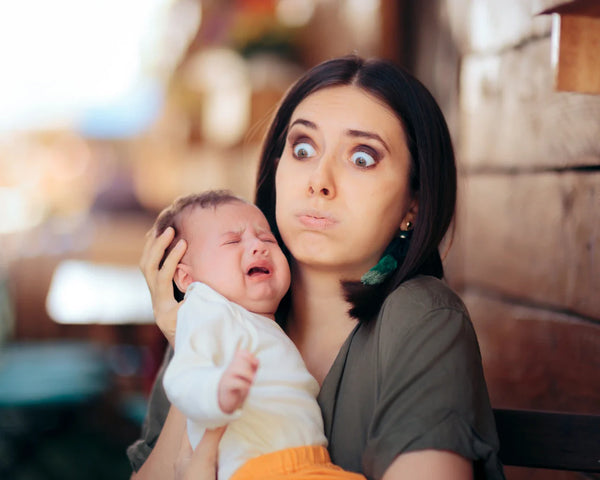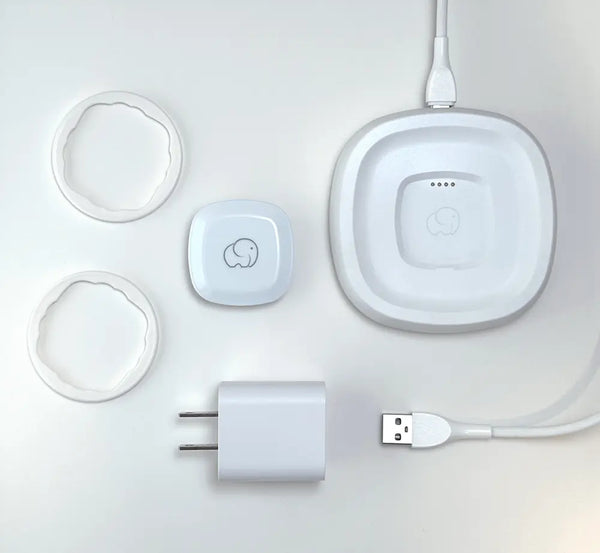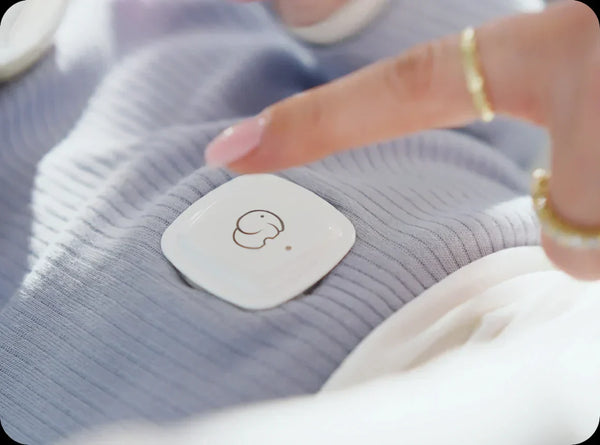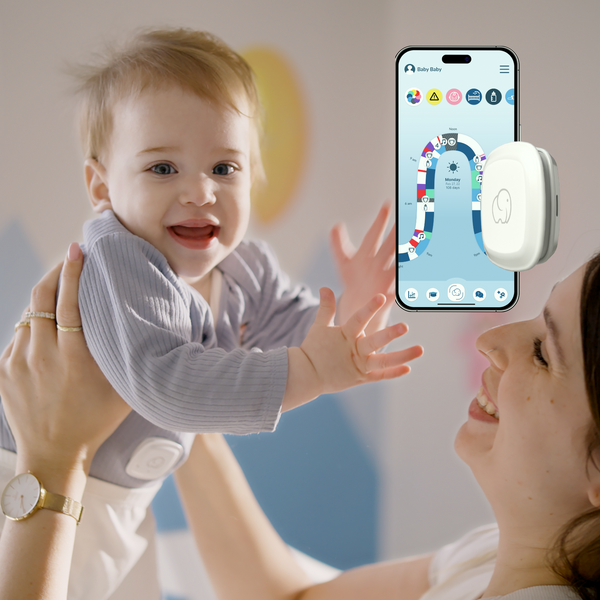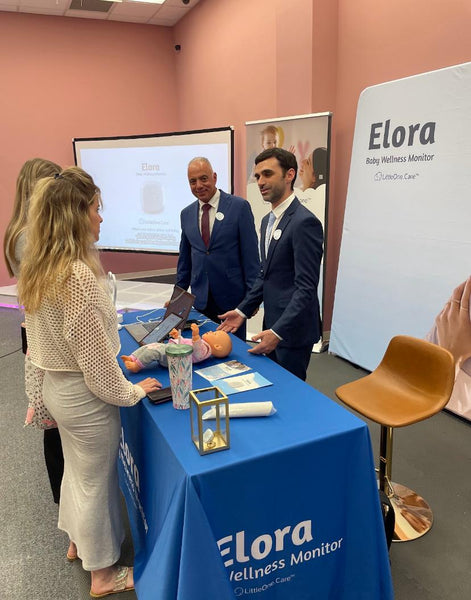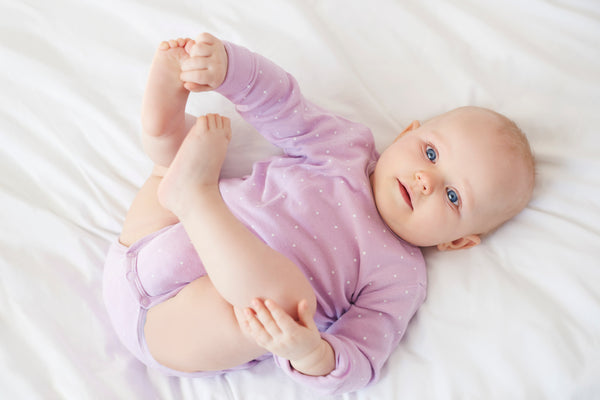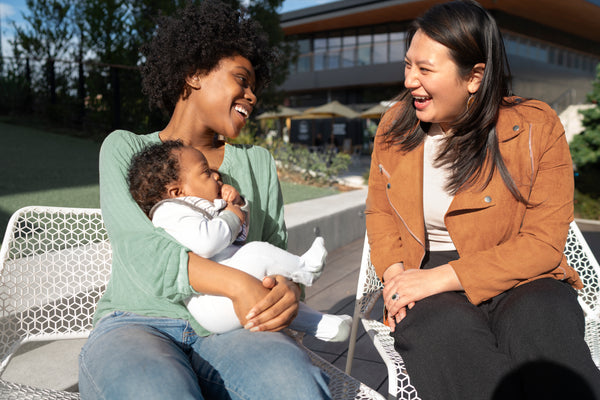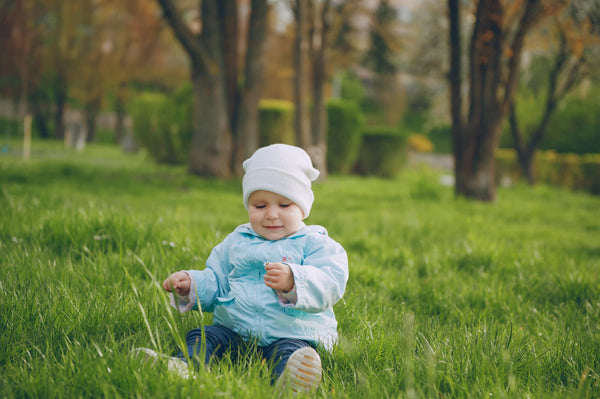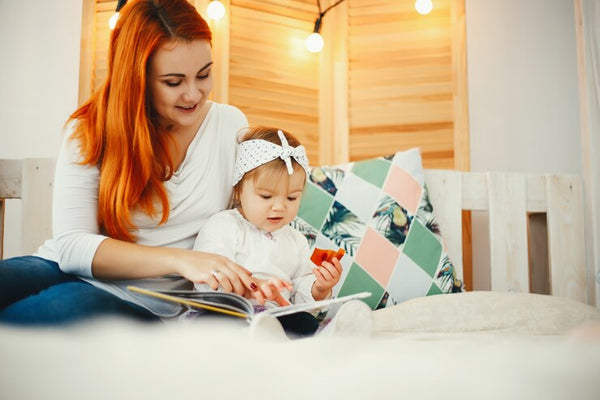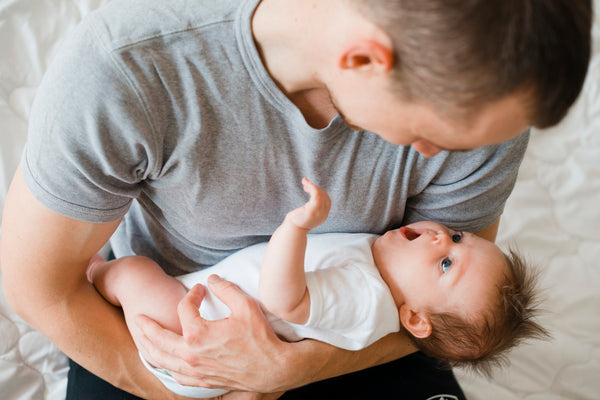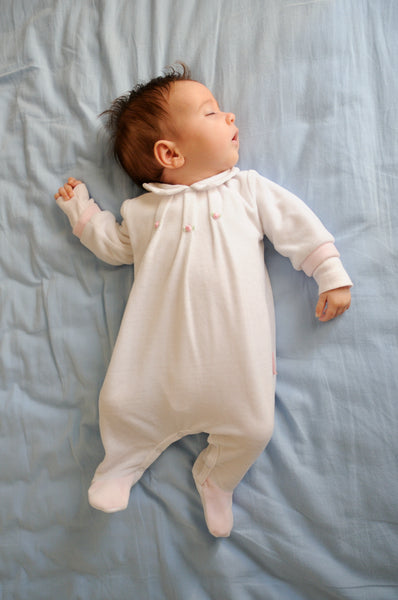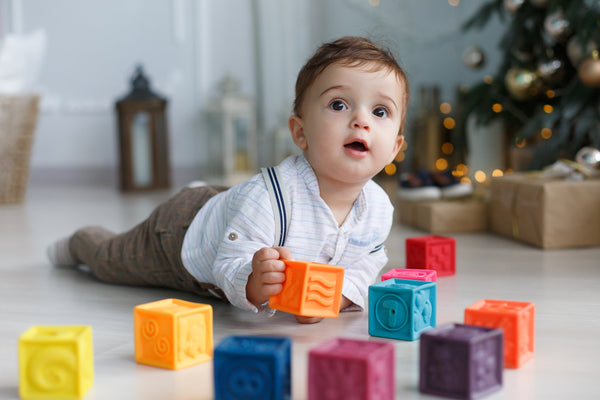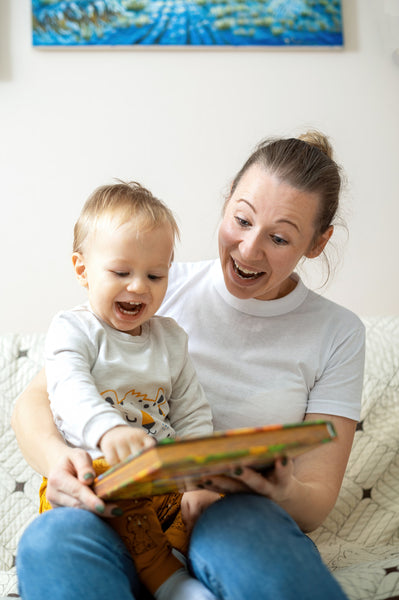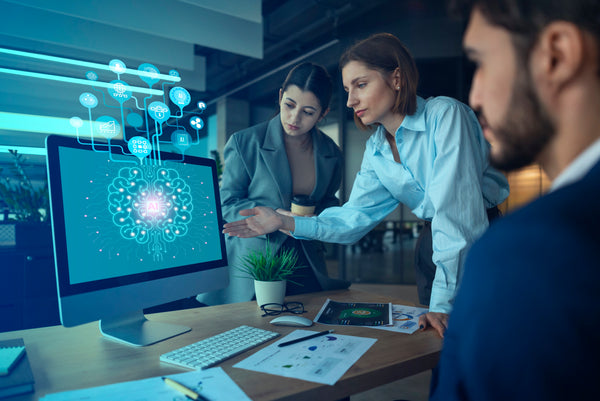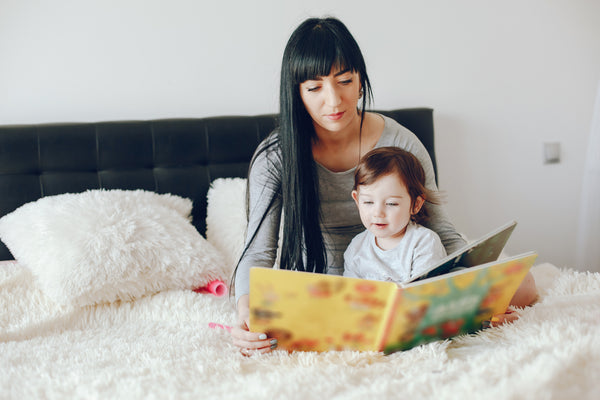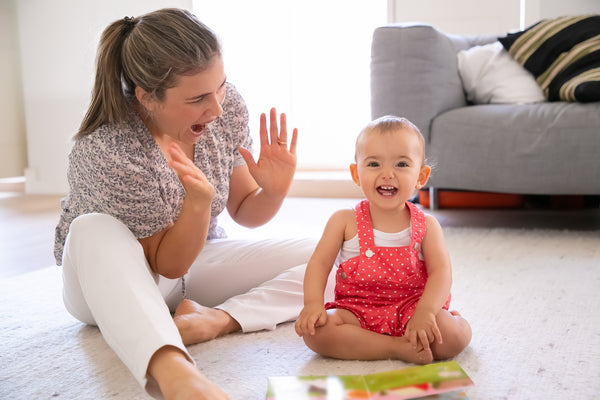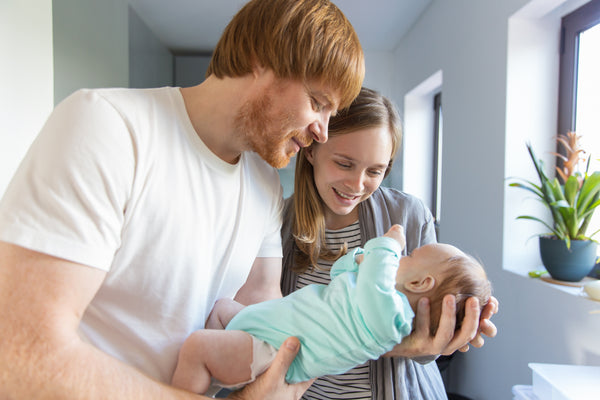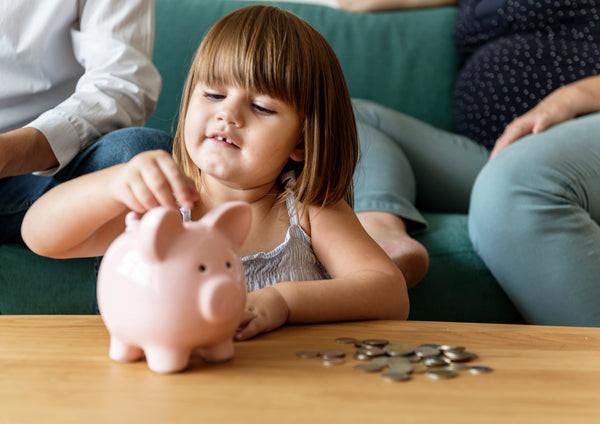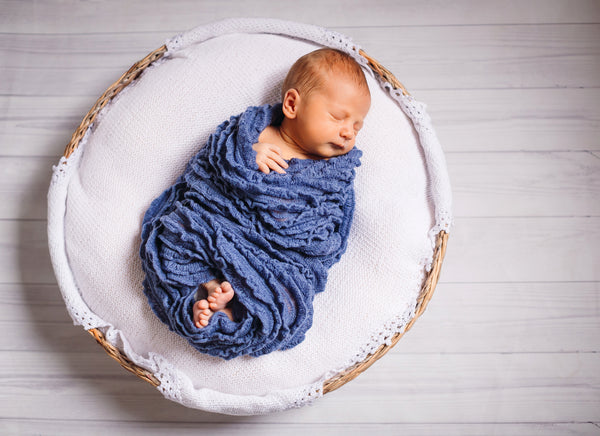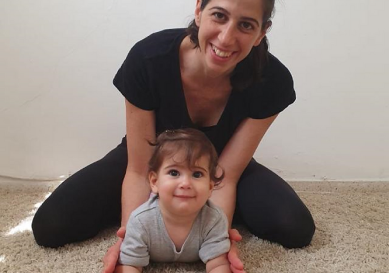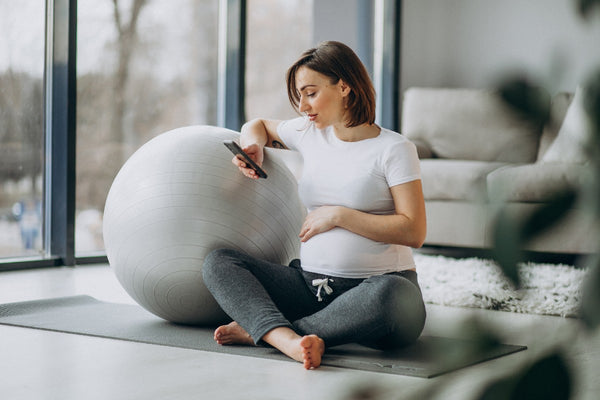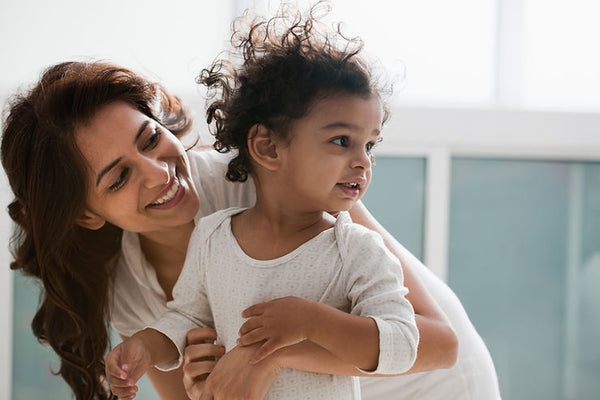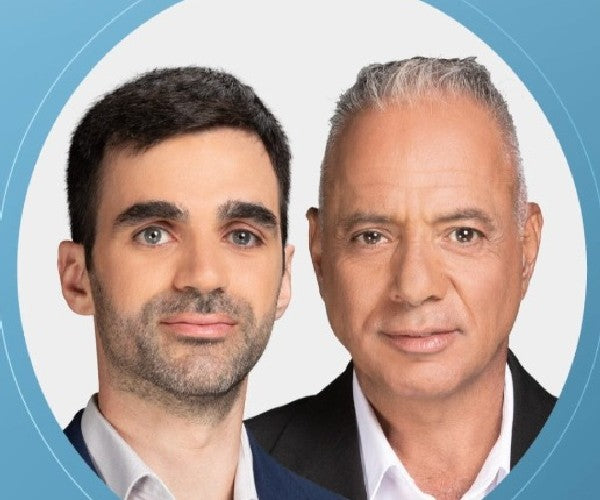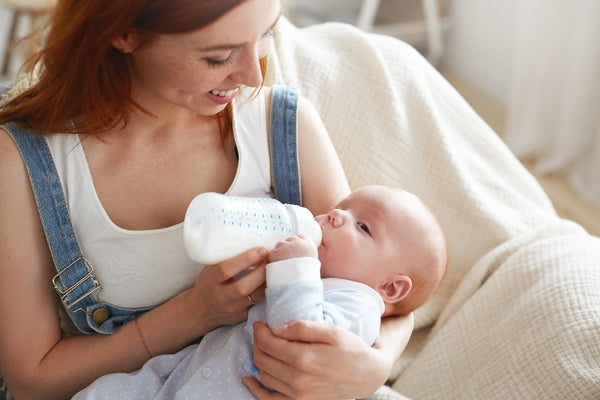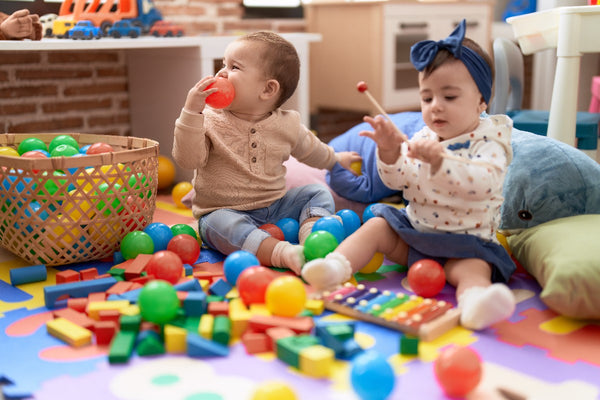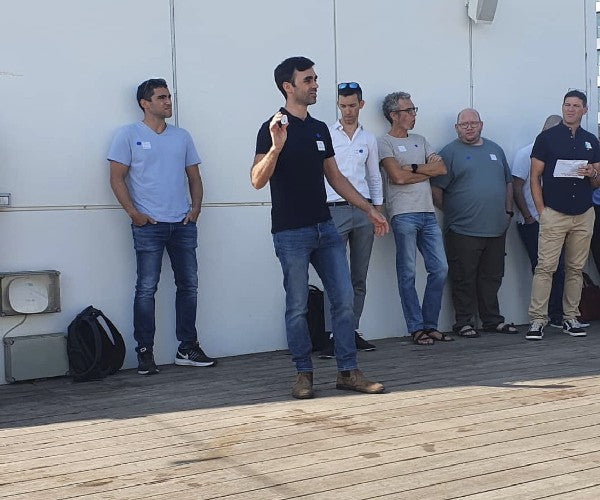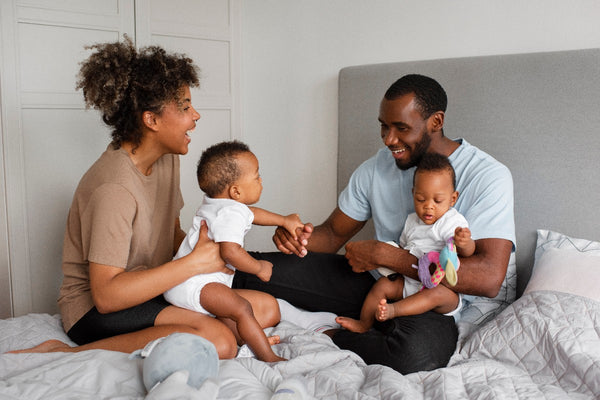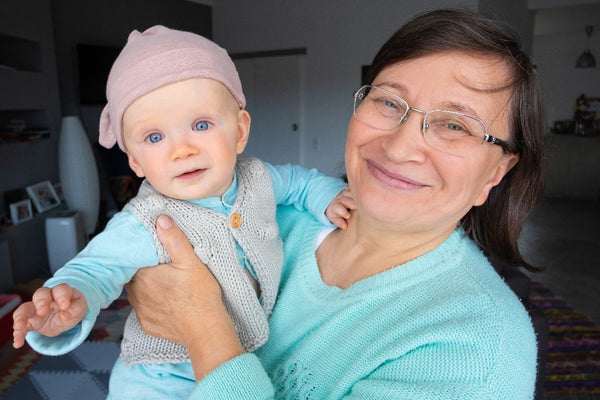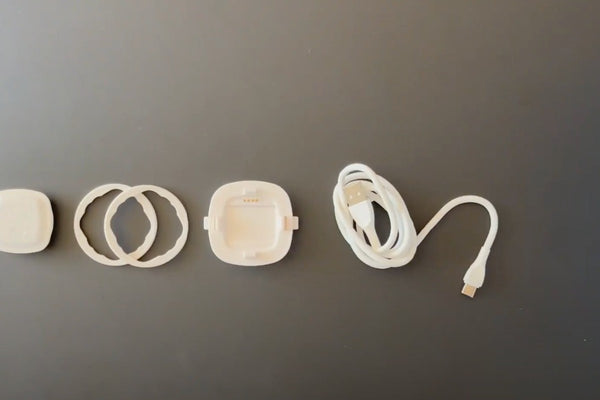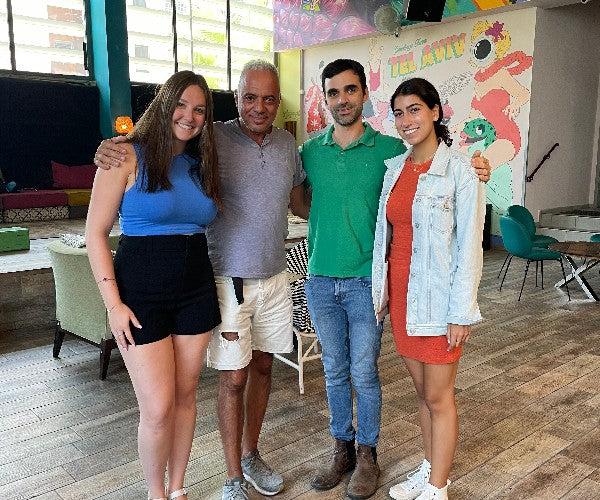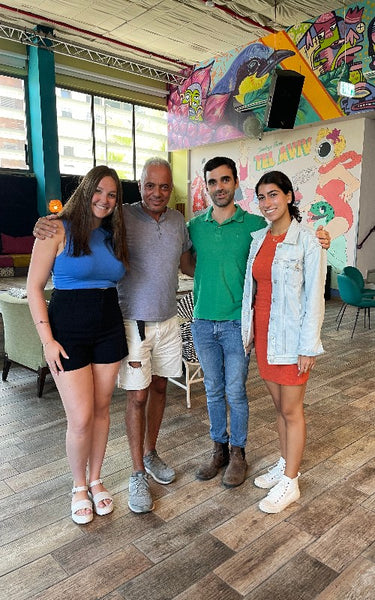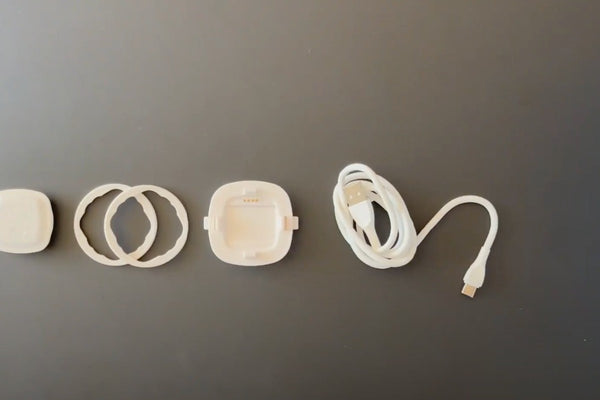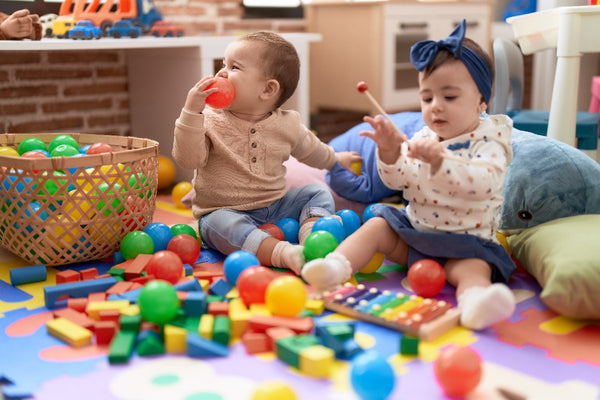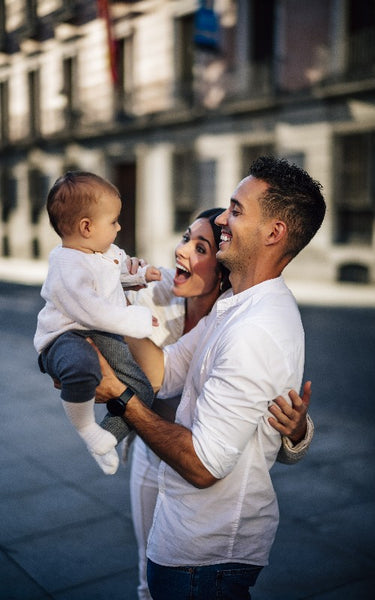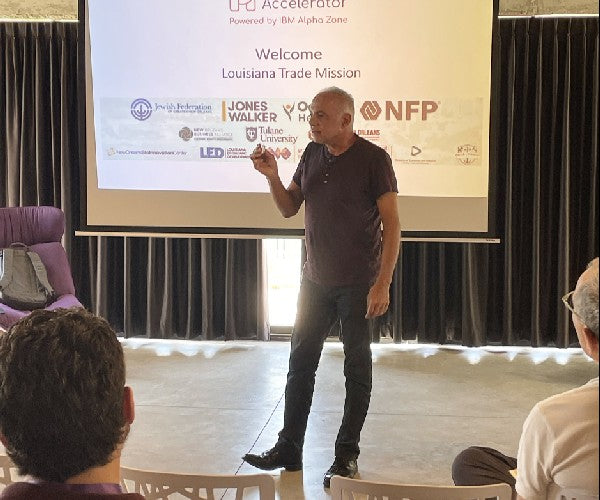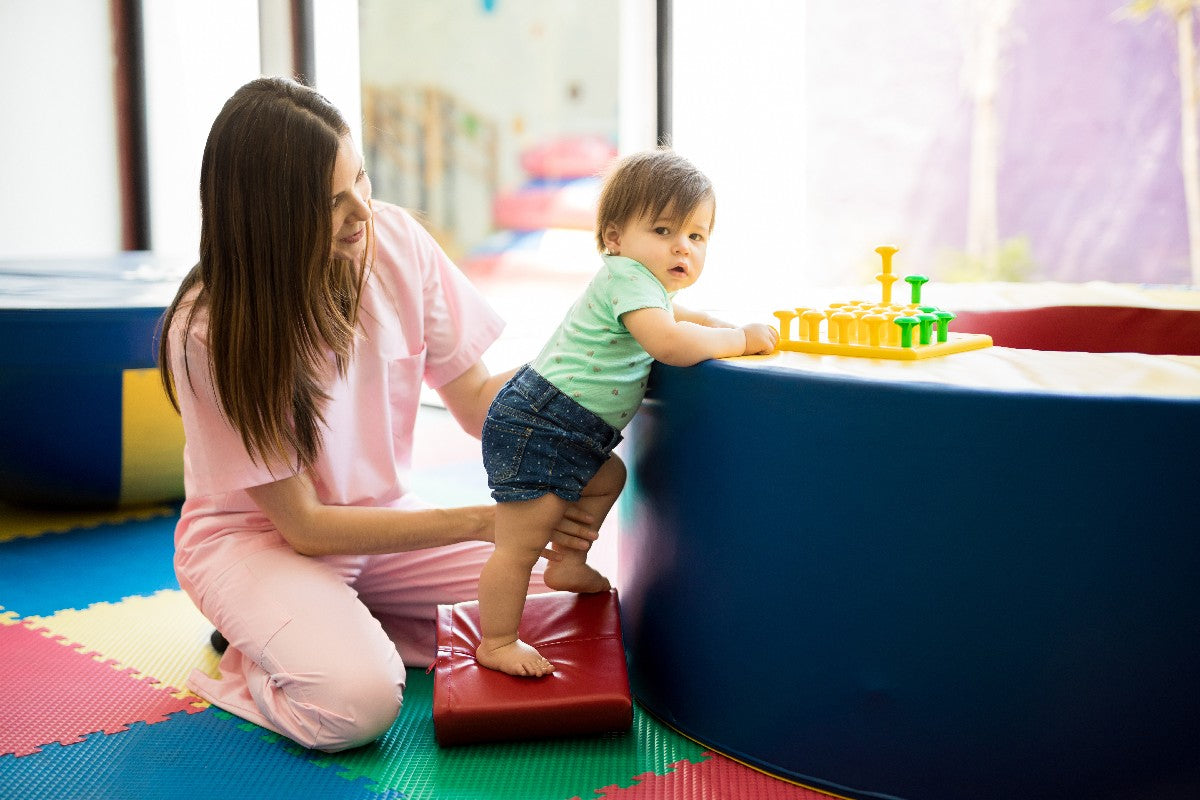
What Babies Teach Scientists?
Babies learn from us just about everything that has to do with this world - walking, talking, laughing and even manners. But there is something we should learn from them: how to learn.
For decades scientists have tried to understand the secret of learning. Using a classic method called ‘if-then commands’, scientists tried teaching computers to perform more and more tasks by extracting commands. This ‘if-then command’ is pretty much how our body behaves - if our finger touches a hot stove, our hand’s reflexes command it to pull away. That happens even before the pain signal reaches the brain - it’s automatic 'if-then'. This method got us pretty far. It actually took man-kind to the moon, and even beat Kasparov in chess! But, it is nothing in comparison with a change to come.
Instead of learning from our bodies, scientists decided to learn how to learn from the brain.
The brains, especially those of babies, don't understand commands. Instead, they use try-feedback-memorize - it tries many actions, and uses the feedback from the surrounding to memorize if that was a good or a bad move.
Remember that as kids you tried eating grass or soil? It tasted awful!
That was your brain trying new things, and getting bad feedback from the tongue. Of course, the more times the brain tries, the better it memorizes. That’s how babies learn to say thank you - they can see their parents thank you with a smile (great feedback).
To mimic the try-feedback-memorize, scientists have built Artificial Neural Networks (ANN), which are limited copies inspired by the natural neural network in our brains. A huge amount of small ‘IF-THEN’ units called neurons are assembled to a big structure that cannot be understood even by its creator. So, instead of commanding these structures, scientists teach them.
After seeing 10,000 pictures of dogs, and 10,000 pictures of cats, an ANN can tell if a new animal is a cat or a dog, even if it hasn’t seen this creature before, just like a baby can. You can also play games with the ANN, without even teaching them all the rules. Just give the ANN negative feedback if they lose, and a good one if they win. GO is probably the most complex board game (more than chess by many), and since 2016 the GO world champion is actually an ANN!
As ANN is so strong, a new problem is on the rise:
How can scientists get enough feedback examples for the ANN?
When speaking about differentiating animals, a good ANN needs a few millions of photos, which luckily Google and others already gathered. But what happens when you want ANN to detect emergencies? How will you get all the rare emergency examples needed?
The feed
A patent-pending multi-sensor approach that uses the accelerometer to tag sound events and vice versa. For example, LittleOne can sense the baby is asleep, and learn that the crying sound it detected right before was due to tiredness. After a few learning rounds, the next time LittleOne hears this kind of cry, it will be able to announce it is tiredness crying.
Elora builds an ANN that understands babies' cry and other voices.
It actually identifies what is the reason for crying. New parents can help to understand the baby’s needs, Other than auto-tagging, parents are enabled to voice tag the events of the baby’s life. This is very helpful for many parents who log the baby's day. They no longer need to tediously log the activity on their phone all day (baby sleeping at 7:30 PM or diaper changed at 11:00 AM), but rather simply talk it.
The tagged data from all LittleOne.Care’s community parents, along with their auto-tagging and parents logs, enable us to create ‘experienced yet personal’ ANN for babies, which in turn assists the entire community of parents.

